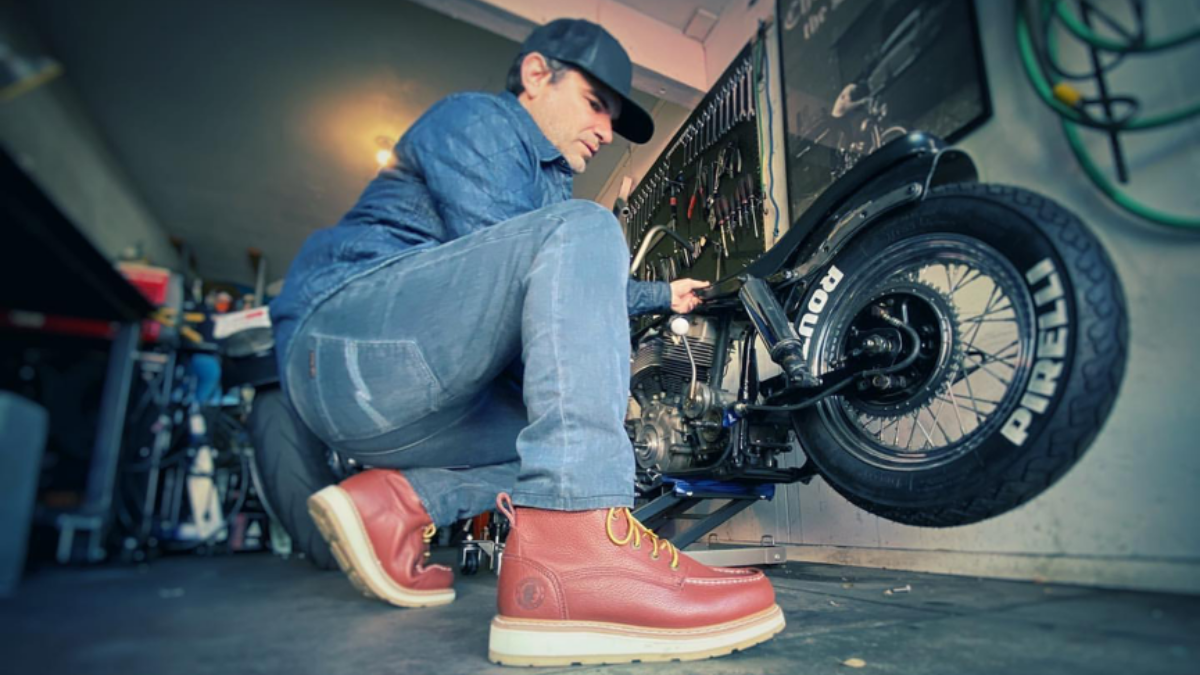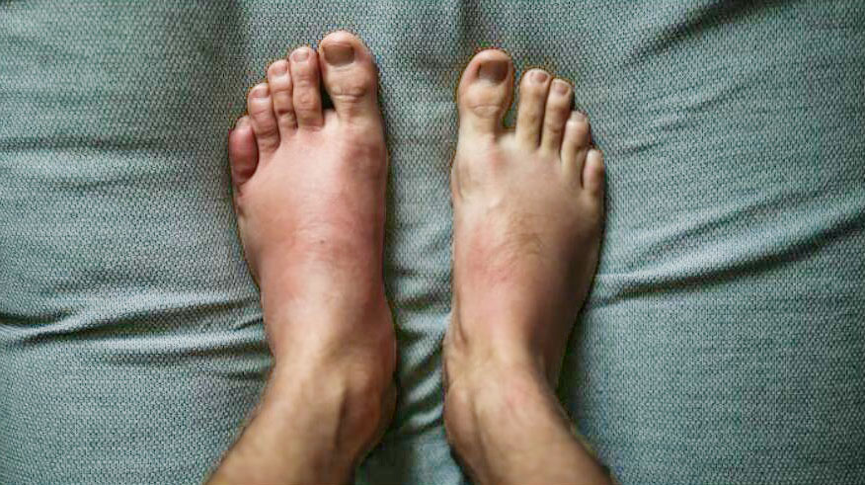
The human feet and ankle have 26 bones, 33 joints, and more than 100 tendons, muscles, and ligaments.The basic reasons for foot injuries are overburden and hazard-related accidents.
Overburden injuries usually the result of longtime standing or exercising. The hours of standing in strenuous posture and too much stress are placed on joints, typically on niche working place or work-off site, to ankle soreness and issues like heel pain, aching arches, and more. These problems develop slowly over time and tend to persistently cause discomfort that can interfere with your work. Certain postal, cargo handling and fire-related tasks often require frequent walking for a long time, which can also cause these problems. The risk for a foot injury is higher in sports with jumping and running, and excessive use of foot muscle power. Typically as basketball, soccer, or football. Any bone injury near a joint may injure for long period and sometimes maybe permanently.
Hazardous accidents and foot injure are not predictable— falling heavy objects on foot, something sharp nails or pointy stuff puncture the shoe bottom, Puncture injury. Pointy objects, such as rusted nails, tacks, and needles, can cause puncture wounds which increase the risk of bacterial infection. The bacteria Pseudomonas is a common cause of infections that can develop to athletic foot. Stub toes, trip, and fall on the worksite, and those can cause Injuries to ligaments. Injuries to joints (sprains). Injuries to tendons, such as ruptured tendons.Pulled muscles (strains). Muscles of the foot and ankle can be strained and can also rupture. Broken bones (fractures), such as a broken toe. A bone moving out of place (dislocation). A crushing injury, which can lead to compartment syndrome. Bruises (contusions). After an ankle injury, bruising may extend to your toes.

Table of Contents
Foot Injuries Commonly Occur in:
Sports, Dance, and show: athletes, or soccer or basketball players, such as dancers, performer, gymnasts
Manufacturing, construction and Renovation, logging and plumbing, logistics, and other high-risk job sites.
Work or DIY activities at home.
Unfitting shoes and footbed often developing these problems all time. Aging and being overweight also increase the risk of a foot injury
Workplace Foot Injuries
OSHA has identified six common workplace foot injuries and causes:
1.Falling objects, moving vehicles that on the feet
2.Punctures from sharp metal or pointy nails
3.Cuts or severed feet or toes – Chain saws, rotary mowers, unguarded machinery
4.Burns, high-temperature liquids, fire, harmful chemicals
5.Electric shocks
6.Sprained or twisted ankles
Electrical Hazard Boots have non-conductive outsoles and dry leathers to prevent electrical conduction that comes from the ground.
Puncture-resistant boots have a safety layer to stop sharp metals to reach the feet
Chemical-resistant boots can prevent toxic or harmful liquid to contact the feet.
Slip-resistant soled shoes can prevent most slip and fall accidents.
Safety toe boots can protect the toe from heavy falling objects and even crushes from car tires.
OSHA requires all employers must ensure that employees use protective footwear when working in areas. It is also important for employers to make sure their footwear meet and pass the ASTM F2412-11, Standard Test Methods for Foot Protection.
Well, wearing safety footwear is the basic means on the worksites to prevent foot injure.